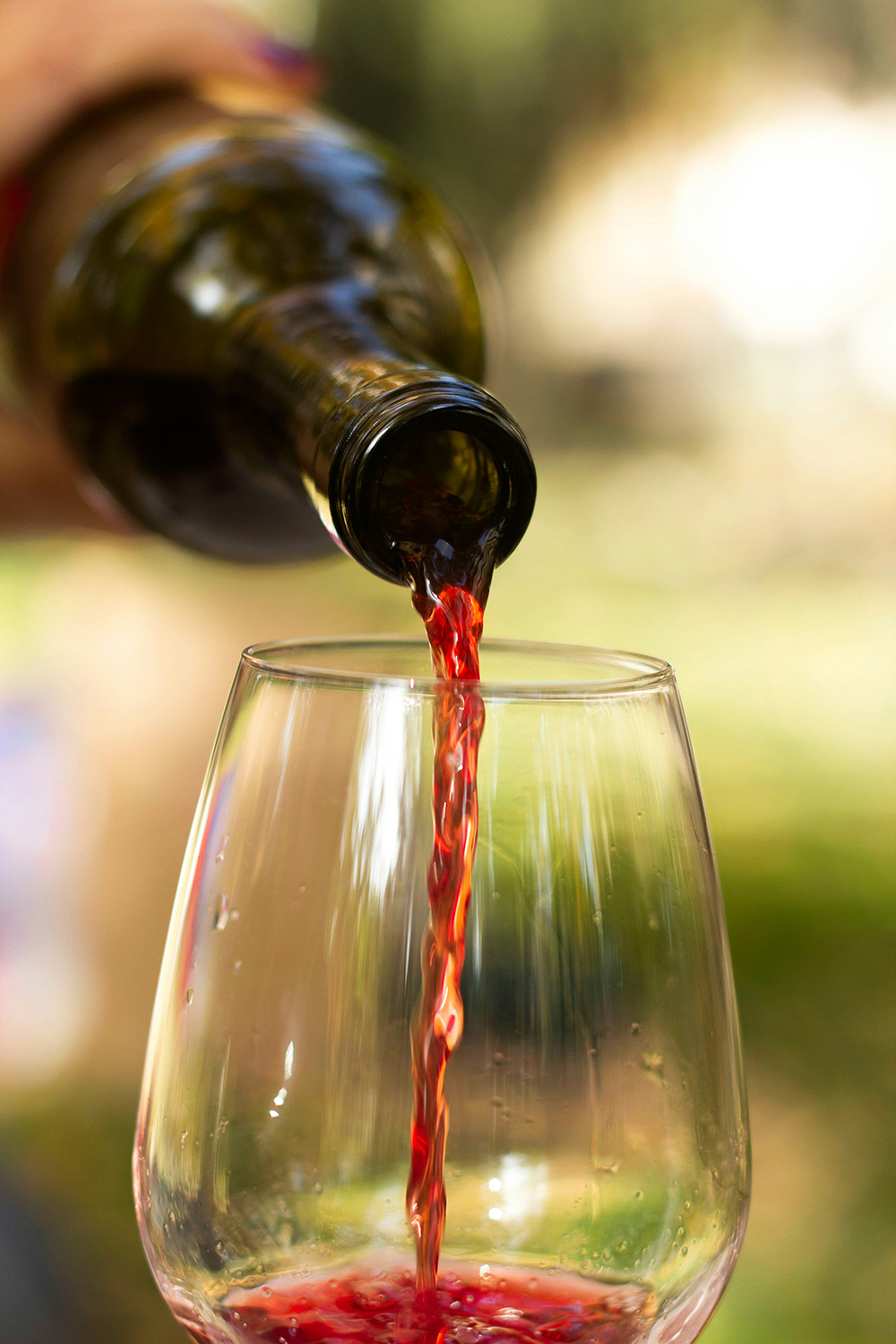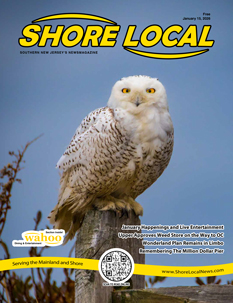Drink Up!
with David Setley,
Passion Vines
Oct. 12, 2024 is International Pinotage Day. Pinotage is an outstanding, yet lesser-known wine from one of the world’s lesser-known wine regions: South Africa.
Many of us think of Africa as being quite hot, yet South Africa, at a latitude of 33.9 degrees south, has a relatively cool climate that allows for great white and red wines to be produced. Pour a glass and let’s explore the wines of South Africa.
The history of South African wine began in 1655 when the first grapevines were planted near Cape Town, South Africa by the Dutch East India Company. Initial results were not encouraging, but as more colonists arrived, knowledge and a tradition of viticulture and winemaking grew.
South Africa’s first wine was bottled by Jan Van Riebeeck, founder of the City of Johannesburg, in 1659. At that time, planters chose high-yielding grape varieties to ensure plentiful wine and harvesting. Among the first varietals planted was Syrah (later found to be Cinsault) from the Rhone Valley. More on that in a bit.

Wine production was taken over by the Governor of the Cape —Simon van der Stel —who arrived in South Africa in 1679 from Holland. He had an extensive passion for wine and first-hand winemaking experience. In 1685, he established the first winemaking farm near Table Mountain, known today as Groot Constantia. Constantia wine was the first to gain international recognition.
Winemaking prospered until the 1880s, when Phylloxera arrived and devoured the majority of vines in the country, bringing winemaking to an abrupt halt. Many wine producers went out of business or were bought out by fruit farms. After Phylloxera, only a handful of winemakers were able to stay in business through two World Wars and the economic devastation of the Great Depression.
Then, Apartheid brought negative attention to the nation, including trade embargos and restrictions with many countries. Since the end of Apartheid in 1994, wine exports have boomed and the focus of the wine industry has shifted. Smaller wineries began to emerge with a focus on boutique winemaking. Now, attention is on growing quality grapes and making premium wines in smaller amounts to best reflect terroir.
Pinotage is arguably one of South Africa’s most unique wines. In the 1920s, a viticultural scientist in South Africa named Abraham Perold experimented in hopes of developing a Pinot Noir that could succeed in the cool climate. He began by grafting Pinot Noir and Cinsault, a grape varietal from Rhone Valley, France that grew exceptionally well in the South African terroir.
Grafting involves taking the grapevine roots from one varietal and attaching it to the grapevine of another to form a new varietal. In South Africa, the Cinsault grape was called Hermitage, as the grape was initially believed to be Syrah, brought from the Hermitage region of France’s Rhone Valley. The name of Perold’s new varietal became Pinotage, representing the combination of Pinot Noir and Hermitage.
The new grape varietal was unexpected, darker in color, bolder in flavor and richer in tannins than either of the parent varietals. Over the next half century, the wine was mass-produced but initially had a bad reputation in the wine industry. The Pinotage, as we know it today, has a dominant flavor profile of dark fruits like plum and blackberry, with significant notes of sweet tobacco, smoke and licorice. The tannins are bold and well-structured.
A truly great Pinotage from the Stellenbosch region of South Africa is the Kanonkop Kadette Pinotage 2020. It is very dry with rich, smooth tannins, a well-balanced acidity and a dark fruit aroma and flavor that is complemented by notes of oak, vanilla and coffee. It pairs as nicely with grilled vegetables and poultry as it does with beef and game meat. Find a bottle for Pinotage Day and celebrate this unique wine.
In addition to Pinotage, South African winemakers do an excellent job of making red blends. A favorite among Passion Vine’s customers is the Joostenberg Little J Red 2021. This red is from the Paarl region of the country and is a blend of Syrah, Cinsault, Viognier and Mourvedre. It is an easy-drinking wine with notably lower tannins and a lighter color than Pinotage. The blend is dry, but without the astringency found in many other dry reds. The aroma and flavor are ripe red fruit, like cherries and red raspberries, with just a hint of leather, smoke and spice. It is a great fall wine for sitting by the fireplace or around a campfire and pairs well with vegetarian meals, pork, lamb, and turkey.
Despite my placement of two red wines first in this article, South Africa is most renowned for white wines. Most well-known is South African Chenin Blanc, a varietal otherwise known in the Vouvray region of the Loire Valley of France. Chenin Blanc was first identified in South Africa by the head of viticulture at the University of Stellenbosch. By the late 1980s, 1 out of 3 vineyards were planted with Chenin Blanc, leading to overproduction of the varietal.
Although many vines were uprooted, it still accounts for nearly 20% of the grapes produced in the nation. In 2014, a competition was held to identify the best producers across South Africa, leading to increased efforts to “up their game” in producing quality wine. Hence, South Africa has become widely recognized for excellent Chenin Blanc. For an affordable and outstanding bottle from the Coastal Region of South Africa, try the Vinecrafter Chenin Blanc 2022. Dry, light and crisp, this wine has an acidity similar to Sauvignon Blanc. The aroma and flavors are tree fruits, such as green apple and pear, with notes of citrus and tropical fruit. It pairs perfectly with white fish and chicken, but try it as well with sushi or spicy Indian food.
If you enjoyed this article, I invite you to stop into the store to discuss South African wines. Or, as always, feel free to contact me at dsetley@passionvines.com. Until next time, Happy Pinotage Day and Happy Wining!








